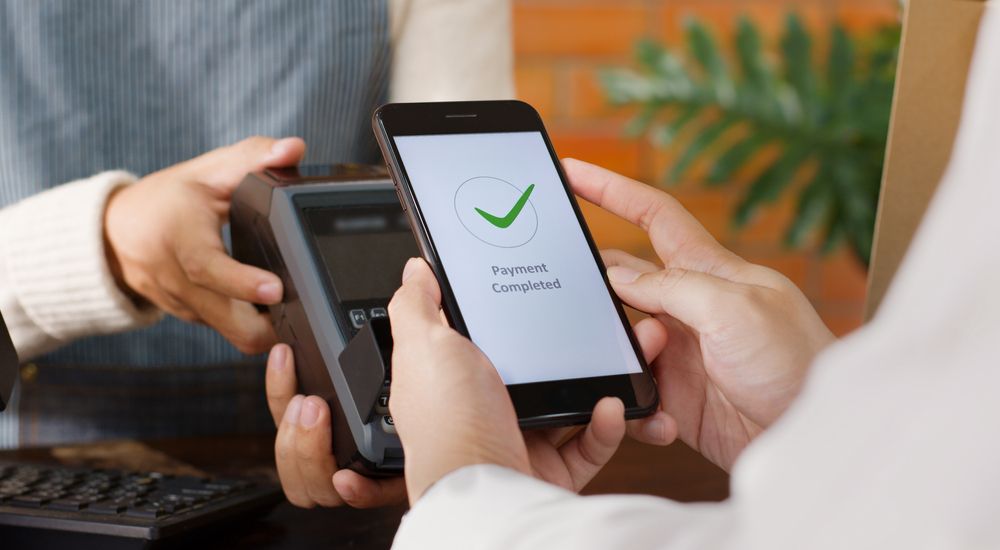
The digital era has revolutionized the way financial transactions are conducted, and one of the most significant advancements in this domain is the advent of digital wallets. Digital wallets, also known as e-wallets, have transformed the traditional wallet into a virtual one, making it possible to carry out transactions with just a few clicks or taps on a smartphone or computer. This essay delves into the intricacies of digital wallets, examining the reasons behind the surge in contactless payments, the security measures that instill confidence in their usage, the factors influencing their adoption, the technological advancements that continue to reshape the landscape, and a forecast of what the future may hold for transactions in our increasingly digital world.
Understanding Digital Wallets
A digital wallet is a software-based system that securely stores users’ payment information and passwords for numerous payment methods and websites. By using a digital wallet, individuals can complete purchases easily and quickly with near-field communications (NFC) technology. They can also create stronger passwords without worrying about forgetting them. Digital wallets can be used in conjunction with mobile payment systems that allow customers to pay for purchases with their smartphones. They can be device-specific, such as Apple Pay for iPhones, or be independent, like PayPal and Google Wallet.
Digital wallets not only facilitate the buying of goods and services but also streamline other transactions such as the redemption of coupons and loyalty points. Furthermore, they vary in functionality: some cater specifically to online purchases, while others are equipped for in-store use, and a growing number are versatile enough to handle both.
The Rise of Contactless Payments
Contactless payment systems have become increasingly popular, especially in the wake of the global COVID-19 pandemic, which has accelerated the shift towards cashless transactions. Consumers and merchants alike are drawn to the convenience, speed, and hygiene that contactless payments offer. This payment method relies on RFID or NFC technology, enabling a secure connection between the payment terminal and the contactless device, such as a smartphone or a contactless credit or debit card.
The increasing ubiquity of smartphones with built-in NFC capability has contributed to the surge in adoption of contactless payments. Mobile wallets like Apple Pay, Google Pay, and Samsung Pay leverage this technology to allow users to make in-store purchases without the need for physical cards or cash, enhancing the overall shopping experience.
Security Measures and Assurance
Security concerns are paramount when it comes to financial transactions. Digital wallet providers are acutely aware of this and have implemented robust security measures to protect users’ sensitive information. Encryption and tokenization are standard security features that shield card numbers and personal data during transactions. Biometric authentication methods, such as fingerprint and facial recognition, add an extra layer of security, ensuring that only authorized users can access the digital wallet.
Furthermore, digital wallets often require a secondary form of authentication, known as two-factor authentication (2FA), to verify transactions. This can be a numeric code sent via SMS or email, or a prompt for biometric verification. Additionally, wallet providers continuously monitor for fraudulent activities and offer protection policies that replicate or enhance those provided by traditional banks.
Adoption and Technological Advancements
The adoption of digital wallets is influenced by a combination of factors, including consumer behavior, technological advancements, and the regulatory environment. The convenience and efficiency of digital wallets appeal to the tech-savvy generation that values speed and ease of use in their transactions. The integration of loyalty programs and the ability to manage multiple cards and accounts from a single interface further entice users.
Technological advancements play a critical role in the evolution of digital wallets. The integration of artificial intelligence (AI) and machine learning for personalized experiences, the development of blockchain-based wallets for enhanced security, and the advent of the Internet of Things (IoT) for expanded payment contexts are examples of how technology is pushing the boundaries of what digital wallets can do.
The Future Landscape of Transactions
Looking ahead, the landscape of transactions is poised to undergo further transformation. Digital wallets are expected to become even more ingrained in daily life as they evolve to include new functionalities like identity verification, ticketing for events and transport, and even as a means to vote in elections. The potential integration with cryptocurrencies and central bank digital currencies (CBDCs) may redefine the concept of money and its flow across the global economy.
The continued miniaturization and increased power of mobile devices will enable digital wallets to be more secure, intuitive, and versatile. The growth of 5G networks will facilitate faster and more reliable connections, making mobile payments more efficient than ever.
In the future, the convergence of digital wallets with other emerging technologies such as augmented reality (AR) and virtual reality (VR) could lead to innovative shopping and payment experiences. For instance, consumers might virtually try on clothes and instantly purchase them through an integrated digital wallet, blurring the lines between the physical and digital shopping realms.
Digital wallets represent a paradigm shift in the way we think about and handle transactions. They exemplify the potential of technology to streamline everyday activities and suggest a future where physical wallets become obsolete. As contactless payments continue to rise in popularity, propelled by convenience and a global pandemic, security remains a top priority for both consumers and providers. The adoption of digital wallets is a testament to the successful marriage of technological advancements with user needs, and the future promises an even more seamless and integrated transactional experience. As the landscape of transactions continues to evolve, it is clear that digital wallets will play a pivotal role in shaping the financial habits of societies worldwide, marking a significant milestone in the journey towards a fully digital economy.
